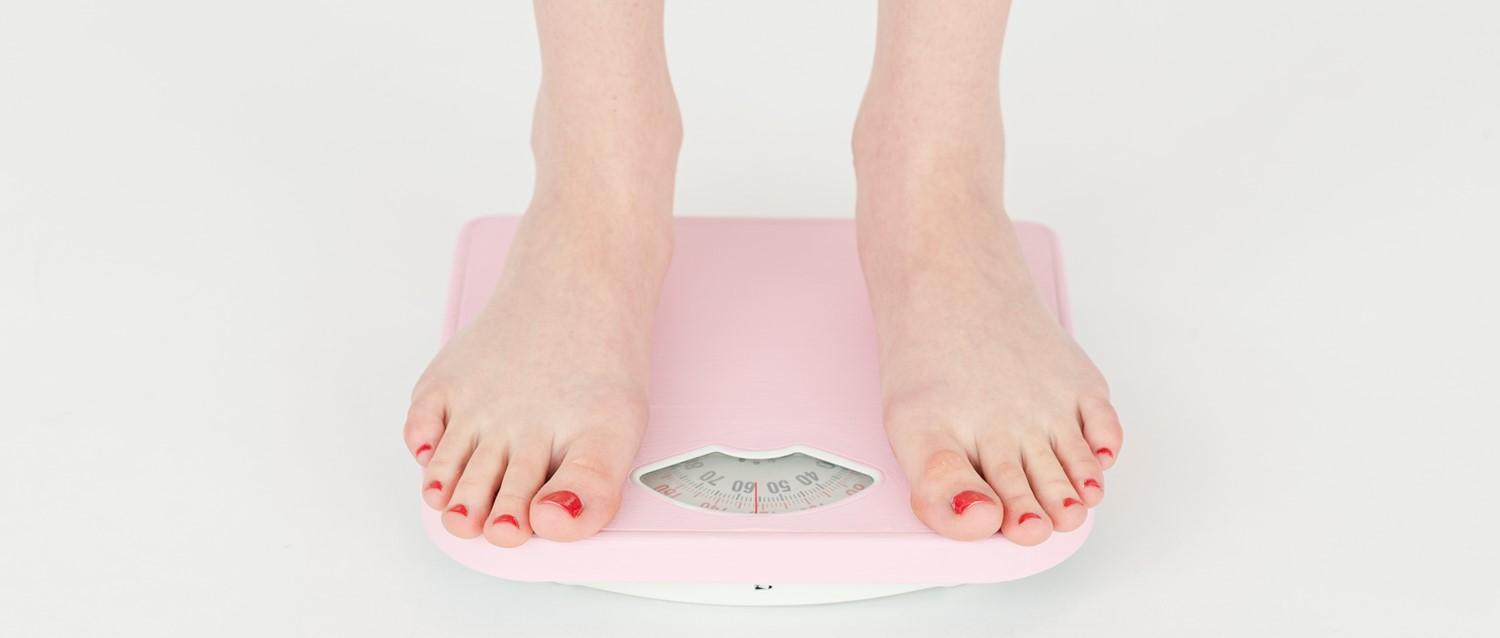
HIIT or weights: which is best for weight loss?
Peer reviewed by Dr Sarah Jarvis MBE, FRCGPLast updated by Amberley DavisLast updated 27 Jan 2022
Meets Patient’s editorial guidelines
- DownloadDownload
- Share
- Language
- Discussion
With so many exercises to choose from, planning a new exercise regime for weight loss can be daunting. HIIT and weight training exercises are two of the most popular and effective exercises for weight loss. Used in combination, you can burn fat and increase your resting metabolic rate in a time-efficient manner.
In this article:
Continue reading below
Weight loss: cardio versus strength training
Losing weight is all about balancing the amount of energy we put into our bodies versus how much we use up through normal bodily functions and physical activity. When we talk about 'burning fat', we are referring to the process of using the energy stored in our fat cells to fuel our activity.
If you are carrying excess fat, losing weight can be an important lifestyle change that allows you to reach a healthy weight. This can help to reduce your risk of conditions related to being overweight or obese, including type 2 diabetes, heart disease, and stroke.
HIIT me with it
Cardio and fat burning
When most people start exercising for weight loss, they often jump straight to cardiovascular workouts (simply referred to as 'cardio'). This type of exercise mostly burns energy we get from our food. This type of energy is measured in calories. Alongside following a healthy diet, this can help to shift the balance of energy input/output.
It is important to bear in mind that exercise on its own is unlikely to bring about significant weight loss. However, combining it with dietary changes allows you to combine weight loss with other health benefits for your heart, lungs and joints.
It's also important to note that cardio has numerous other health benefits besides controlling excess weight gain. For example, it gives your heart a healthy workout that can protect against heart disease, it helps to improve your lung capacity, and it naturally boosts your energy levels.
HIIT training for weight loss
High-intensity interval training, known as HIIT, involves short bursts of cardio exercise alternated with periods of low intensity or rest. Compared to traditional exercise, research suggests that HIIT training reduces more body fat and increases cardiorespiratory fitness in those with obesity.
Although it is cardio-focused, bouts of high-intensity activity in HIIT can be a more time-efficient weight loss method compared to 'continuous' cardio workouts like walking or running. It can provide 28.5% greater reductions in total fat mass (kg), and can even take 40% less training time to reach your weight composition goal.
"HIIT workouts also provide that coveted after-burn effect," says Innermost personal trainer Hajnalka Balázs. "Working out in intense bursts means your breathing rate needs longer to return to normal compared to low-intensity steady-state cardio. This means that you can potentially use up to 40% more energy throughout the day as your body recovers.
Advocates of HIIT also describe it as one of the more accessible exercises. It doesn't require a gym membership or special equipment and can be performed in your living room. Both in-person classes and online videos are usually set to music. This can add an element of fun for those who don't enjoy exercise.
Tips for a time-efficient HIIT session
"To burn calories, I recommend putting in maximum effort for 20 seconds, followed by 10 seconds of rest, repeated for four minutes. Rest for one minute before repeating the process again three more times. You'll have a time-efficient cardio session done and dusted for the day," advises Balázs.
Continue reading below
WEIGHT-ing the benefits
Muscle building and metabolism
It may come as a surprise to learn that burning fat tissue isn't the only way we can use physical exercise to manage our weight. Strength training to increase muscle tissue mass also uses a lot of additional energy, which in turn boosts your resting metabolic rate (RMR). This is the rate at which your body burns energy (calories) while it's not active - for example as you sleep or whilst watching television.
Muscle tissue is believed to be metabolically more active than fat tissue. Researchers at the University of New Mexico estimated that muscle tissue contributes to around 20% of your total calories burned per day, compared to just 5% for fat tissue (based on individuals with approximately 20% body fat).
In addition to helping with weight loss, health benefits of strength training include slowing age-related muscle loss, increasing bone density, and protecting joints. These benefits help to decrease the risk of conditions like osteoporosis, osteoarthritis, and fall-related injuries. Strength training for an hour a week also reduces the risk of heart disease, cardiovascular disease, and stroke by 40%-70%.
Strength training for weight loss
Strength training to build muscle includes resistance and weight training. Resistance training, as the name suggests, involves using resistance to build muscle. This includes lifting free weights, using machines, or even using your body weight to perform manoeuvres that tear, repair, and increase your muscle mass. This is a natural process known as muscle protein synthesis.
The effectiveness of weight training in aiding healthy weight loss is well researched. One study found that nine months of resistance training increased RMR by an average of 5%. Another study demonstrated that it can reduce body fat percentage, body fat mass, and visceral fat in healthy adults.
Tips for effective weight training
"Weightlifting exercises that use the whole body provide the biggest burn, as several muscles are used simultaneously," advises Josh Piercy, online director at Core Balance.
"Squats are focused on the lower body working the glutes, quads and hamstrings, while the abdominal muscles also need to be engaged to avoid injury.
"Furthermore, kettlebell swings target the core, shoulders, chest, back, glutes, quads, hips and hamstrings.
"Another full-body exercise is plank rows which challenge the core, arms, back and chest, as well as provide a cardiovascular challenge."
Piercy also advises using heavy bone dumbbells and kettlebells for a home gym session with free weights.
Combination is the key to weight loss
There is a lot of evidence to support both HIIT and strength training as effective exercises for healthy weight loss. The good news is, you don't have to choose one or the other. You can alternate between them a few times a week or even combine them in compound workout sessions.
"Incorporating weights into a HIIT session can increase the difficulty of a workout and provide a combined strength and cardio session," explains Piercy. "Choose five to six exercises to perform in a session, such as weighted squats, dumbbell snatches, kettlebell swings, press-ups and jumping lunges."
By incorporating weights into your HIIT workout, you can make your weight loss exercise routine even more efficient, which may enable you to reach your healthy weight goal even faster. Whether you choose to combine HIIT, resistance, and weights or to perform them separately, you can also reap the additional health benefits of regular cardio and strength training.
Patient picks for Exercise and physical activity

Healthy living
What is somatic exercise? Exploring the mind-body connection
Introduced in the 1970s by philosopher Thomas Hanna, somatics refers to a discipline that explores the relationship between the mind and body though movement. Somatic exercise is a sensory practice that promotes mindful movements to enhance your awareness of your body’s internal sensations.
by Victoria Raw

Healthy living
Keeping kids active over Christmas
During the festive season most of us look forward to having a rest, treating ourselves to some delicious food and generally making merry. But while it's nice to give ourselves a break once in a while, two weeks of inactivity can really take its toll on our fitness. And for children, staying active is particularly important.
by Gillian Harvey
Continue reading below
Article history
The information on this page is peer reviewed by qualified clinicians.
27 Jan 2022 | Latest version

Ask, share, connect.
Browse discussions, ask questions, and share experiences across hundreds of health topics.

Feeling unwell?
Assess your symptoms online for free
Sign up to the Patient newsletter
Your weekly dose of clear, trustworthy health advice - written to help you feel informed, confident and in control.
By subscribing you accept our Privacy Policy. You can unsubscribe at any time. We never sell your data.